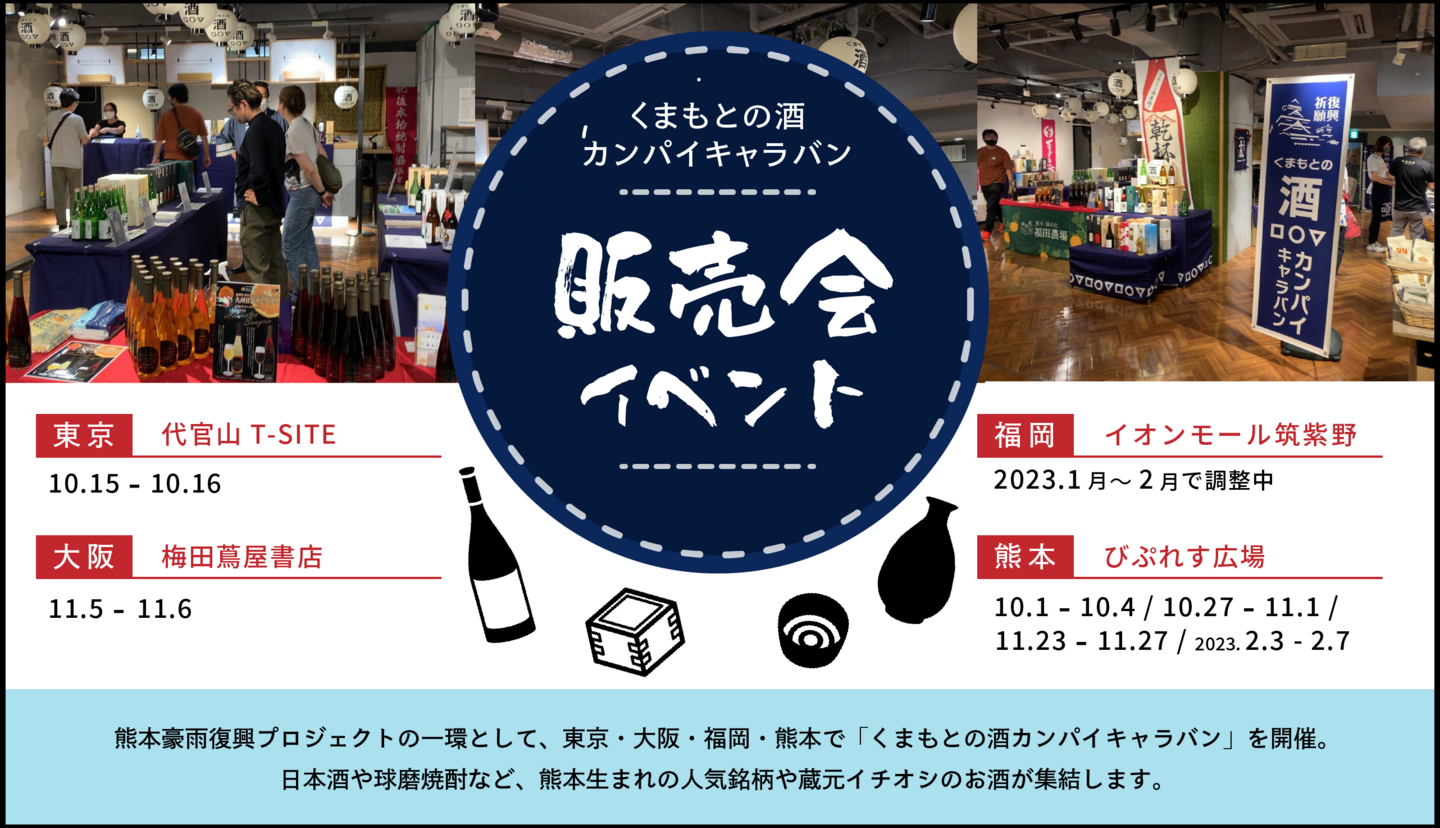The Secret Story of the Maker
A story about Kumamoto Prefecture Sake Institute
you will want to tell your friends about
The "YK35" method
According to many in the sake brewing industry, a theory has been handed down that if the rice is made with Yamada Nishiki (Y), Kumamoto yeast (K), and the rice polishing rate is 35%, award-winning excellent sake will be brewed. "I heard that from the late 1950s to the beginning of the Heisei era, 80% of all ginjoshu in Japan were made with this YK35 method," says Oda. "Incidentally, there's also a theory that the 'K' is for 'Koro' or for 'Kyokai (association)' Kyokai No. 9 yeast."
Origin of the name 'Koro'
The name was chosen from submissions from the general public when the brewery first started making sake. "In fact," according to Mr. Oda, "the name 'Batten' was also a candidate and was previously registered as a trademark." But Koro won!
Chimneys and Statues
The 22-meter-high brick chimney that rises from the brewery was a landmark of the community, but it collapsed when hit by the Kumamoto earthquake in 2016. However, the remaining 3 to 4 meter base has been preserved as a monument to the institute's history. In the front yard of the brewery, there's also a bronze statue of Kinichi Nojiro, which stands approximately 3 m tall with the base, where visitors can contemplate the achievements of the "God of Sake."


